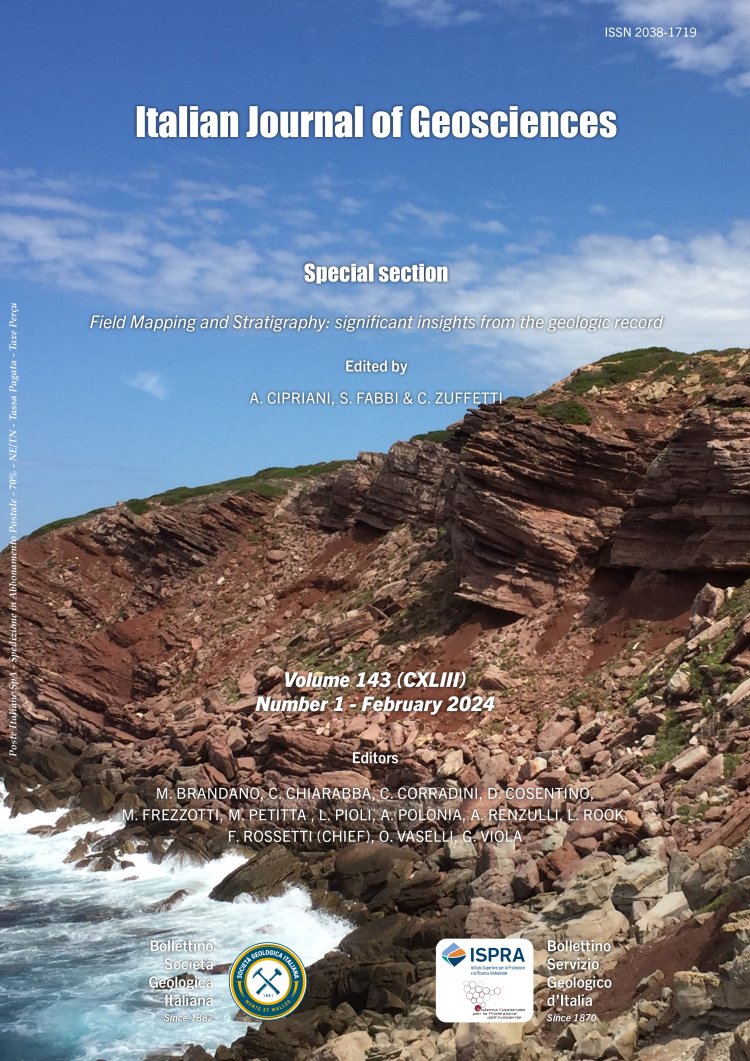

Biostratigraphic investigations assisted by virtual outcrop modeling: a case study from an Eocene shallow-water carbonate succession (Val Rosandra gorge, Trieste, NE Italy)
Lorenzo Consorti1, Amerigo Corradetti2, Mehdi Hadi3, Marco Franceschi2, Monia Sabbatino2, Sara Bensi4, Nicolò Bertone2 & Lorenzo Bonini2
1Istituto di Scienze Marine (ISMAR-CNR), Area Science Park, Basovizza, Trieste, Italy.
2Dipartimento di Matematica e Geoscienze, Università di Trieste, Via Weiss 2, Trieste, Italy.
3Independent Researcher in Stratigraphy and Paleontology, Mashhad, Iran.
4Direzione centrale difesa dell’ambiente, energia e sviluppo sostenibile, Servizio geologico, Regione Friuli Venezia Giulia, Via Sant’Anastasio 3,
Trieste, Italy.
Corresponding author e-mail: amerigo.corradetti@units.it
Volume: 143 (2024) f.1
Pages: 60-74
Abstract
Virtual outcrop modeling has emerged as a tool for supporting geological field activities such as geological mapping and stratigraphic investigations. Here we show how this technique can be used to support the detailed stratigraphic logging and sampling with a case history from the Eocene carbonate platform succession exposed in the Val Rosandra gorge, in the vicinity of the city of Trieste, NE Italy. The biostratigraphic analysis highlighted the occurrence of Shallow Benthic zones (SBZ) 10 to 12 and the planktonic zones E7/E8. An upwards-deepening trend, from inner platform to a hemipelagic domain, is observed through the studied stratigraphic interval and is in accordance with the vertical evolution recorded in other Eocene successions of the Adriatic Carbonate Platform. Aerial drone imaging was used to produce a virtual outcrop model of the studied succession that provided a high- resolution geometrical framework for field measurements, sample geotagging and observations. For instance, the virtual outcrop model assisted in determining the true thickness of beds, a task that can be subject to significant imprecisions when measurements are taken by hand. Ultimately, the integration of virtual outcrop modeling with classical sampling and measuring methods resulted in accurate stratimetry and in the precise spatial positioning of samples that were taken for biostratigraphy and facies characterization.
Keywords
Get Full Text Supplementary Material